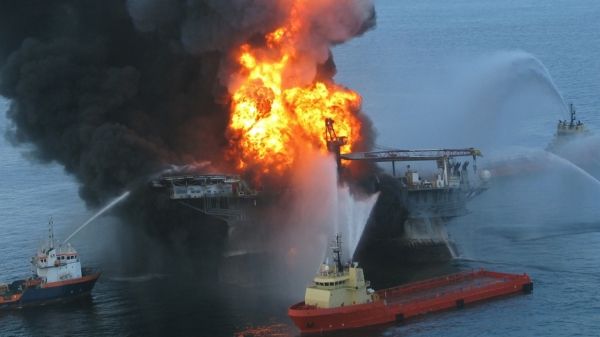Toxic and invisible oil spread well beyond the known satellite footprint of the Deepwater Horizon oil spill, according to a new study led by scientists at the University of Miami (UM) Rosenstiel school of Marine and Atmospheric Science. These new findings have important implications for environmental health during future oil spills.
The UM Rosenstiel School-led research team combine oil-transport modeling techniques with remote sensing data and in-water sampling to provide a comprehensive look at the oil spill. The findings revealed that a fraction of the spill was invisible to satellites, and yet toxic to marine wildlife.
“We found that there was a substantial fraction of oil invisible to satellites and aerial imaging,” said the study’s lead author Igal Berenshtein, a postdoctoral researcher at the UM Rosenstiel School. “The spill was only visible to satellites above a certain oil concentration at the surface leaving a portion unaccounted for.”
Read more at Rosenstiel School of Marine and Atmospheric Science
Image: On April 20, 2010, the Deepwater Horizon oil rig exploded, releasing 210 million gallons of crude oil into the Gulf of Mexico for a total of 87 days, making it the largest oil spill in U.S. history. Oil slicks from the blowout covered an estimated area of 57,000 square miles (149,000 square kilometers). CREDIT: United States Coast Guard


